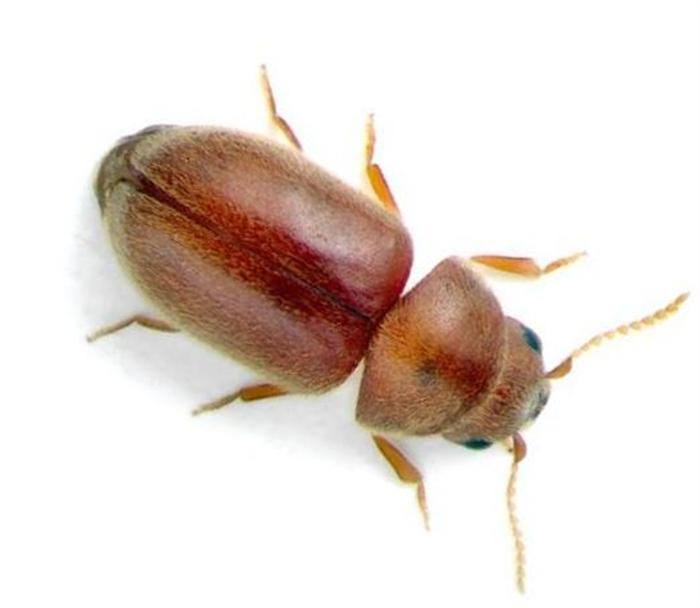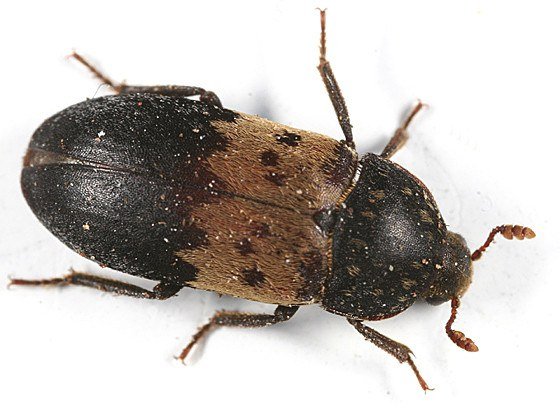The larder beetles come from the family of Dermestid beetles; commonly known as the skin or hide beetles. Larder Beetles are found worldwide and considered as household insects. Due to their habitat being not specific to certain sensitivities, the Larder Beetle Population thrives and infests anywhere it finds a sustainable food source.
The larva of the larder beetle is longer in contrast to the length of a fully matured adult larder beetle; which are shorter. The larva has a brown color with a bright glow of red or times black setae exterior. Both of these exteriors belong to 2 distinctive kinds of these beetles. The baby larder beetle and the black larder beetle have two curved at the back, appendages which look like a spine attached close to its rear end. The appendages in the Black Larder Beetles are weaker at the curve than the other beetles.
Read moreLarder Beetles: Infestation and How to Get Rid of them









